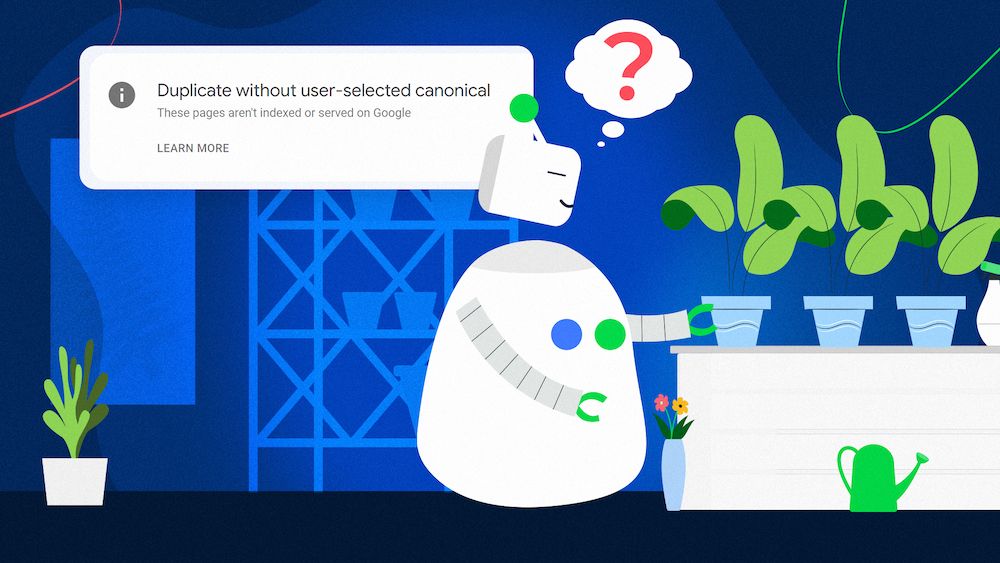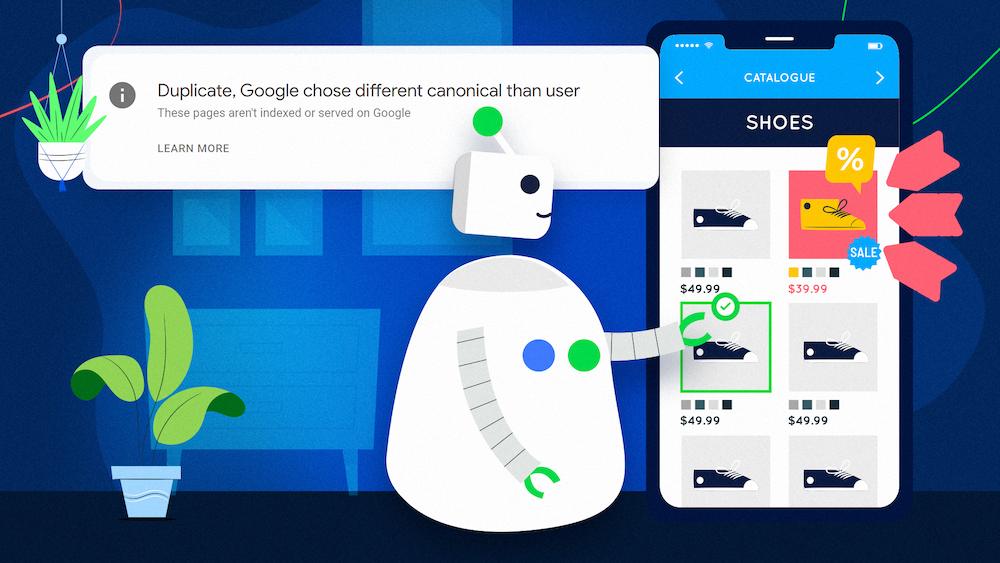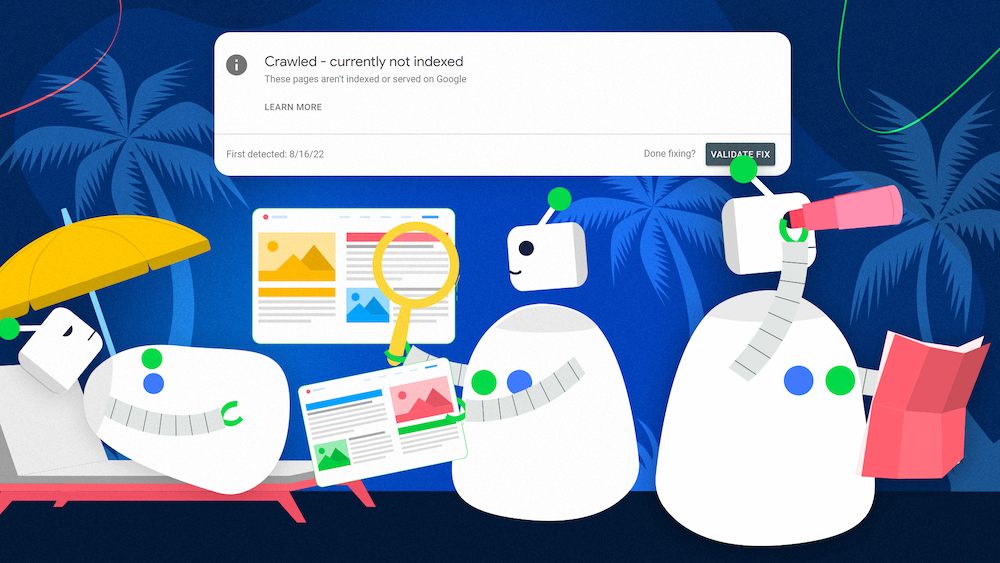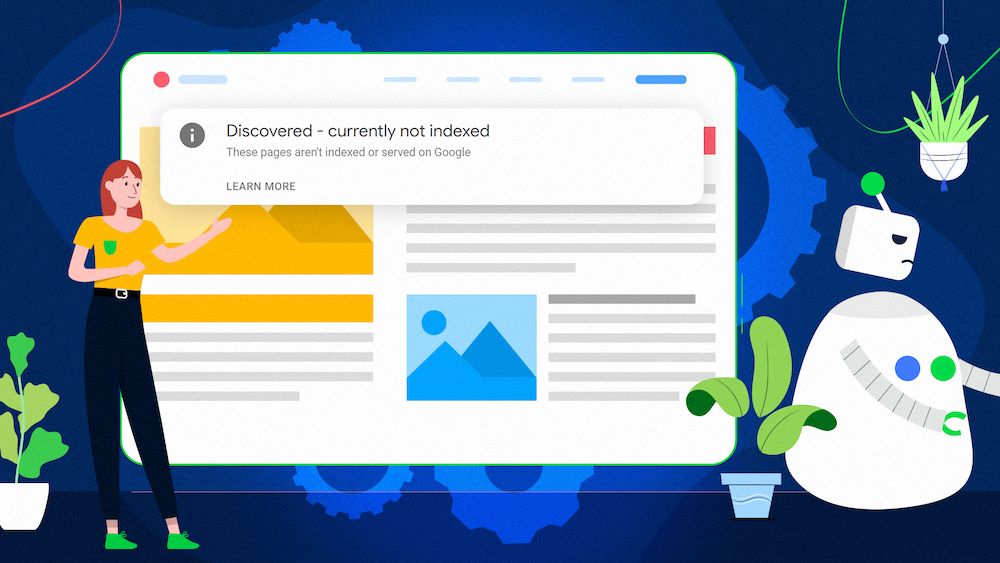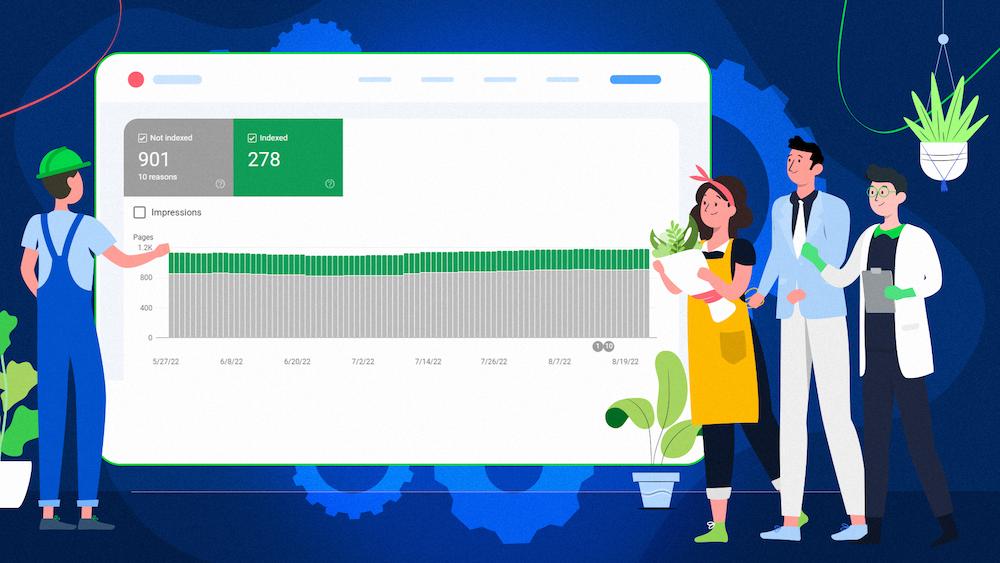“Duplicate without user-selected canonical” is a URL status in Google Search Console. It means that Google didn’t index a given page because it’s a duplicate of a different page, and none of the pages was indicated as the canonical one using the canonical tag.
Use canonical tags, sitemaps, and redirects to show Google which page variant it should index.
Causes for the “Duplicate without user-selected canonical” status
The “Duplicate without user-selected canonical” status is caused by two things: content duplication and your usage of the canonical tag.
Content duplication
Duplication is when two or more URLs contain the same or similar content. It may happen because of technical issues with your CMS or server. But it can also occur when you don’t put enough effort into making all of your pages unique and different from each other.
Want to know how? Check our article on duplicate content to get a better overview of this topic.Duplicate content can be optimized!
Google avoids indexing duplicate content to save resources and generally aims to index just one variant out of multiple duplicate pages.
To control which duplicate page gets indexed, you need to use the canonical tag.
Canonical tag usage
The canonical tag is an HTML element or an HTTP header you can use if you have duplicate content on your website. It lets you point Google to the canonical version of your duplicate content, making it more likely that Google will index that version.
If you see “Duplicate without user-selected canonical” reported in your Page indexing report, it means that you didn’t use the canonical tag for the given set of canonical pages. It’s likely that Google will automatically choose one of the pages to index. But you may prefer a different variant to be indexed, and if you aren’t using the canonical tag, you’re giving away the control to Google.
“Duplicate without user-selected canonical” in Google Search Console
You can find the “Duplicate without user-selected canonical” status in the Page Indexing report by scrolling down below the main chart:
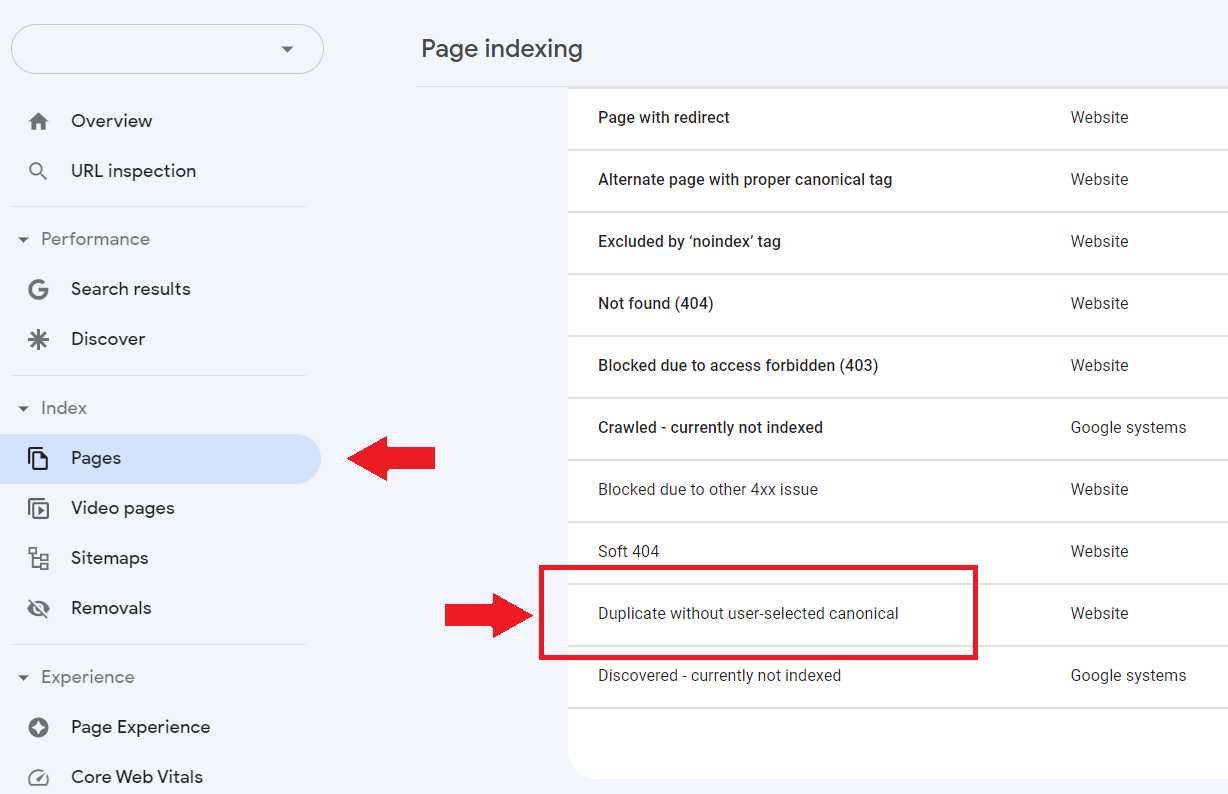
When expanded, the report will show you how the number of not indexed pages has changed over time.
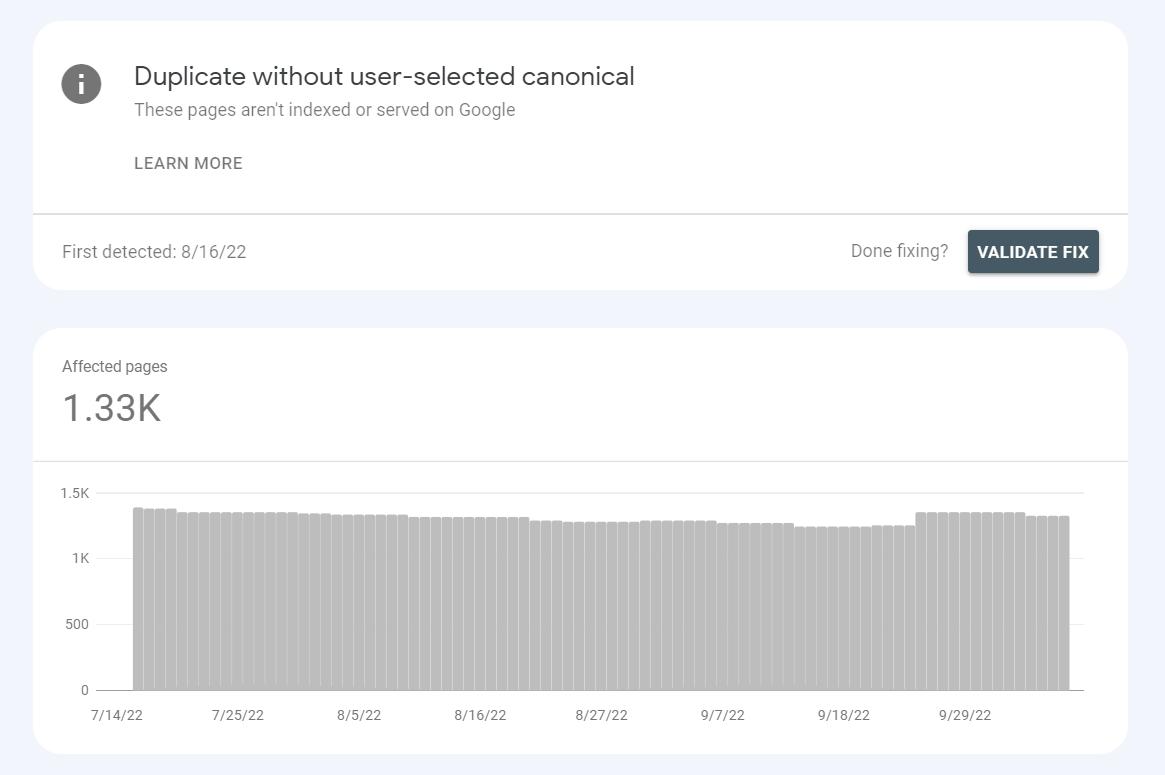
How to fix “Duplicate without user-selected canonical”
Fixing the “Duplicate without user-selected canonical” problem and getting your pages into the Google Index can be easy! Let’s talk about it with an example.
How to provide canonical signals?
Suppose you run an online plant store and allow customers to choose the pot color for each plant. Your website works so that making a selection takes the visitor to the new URL.
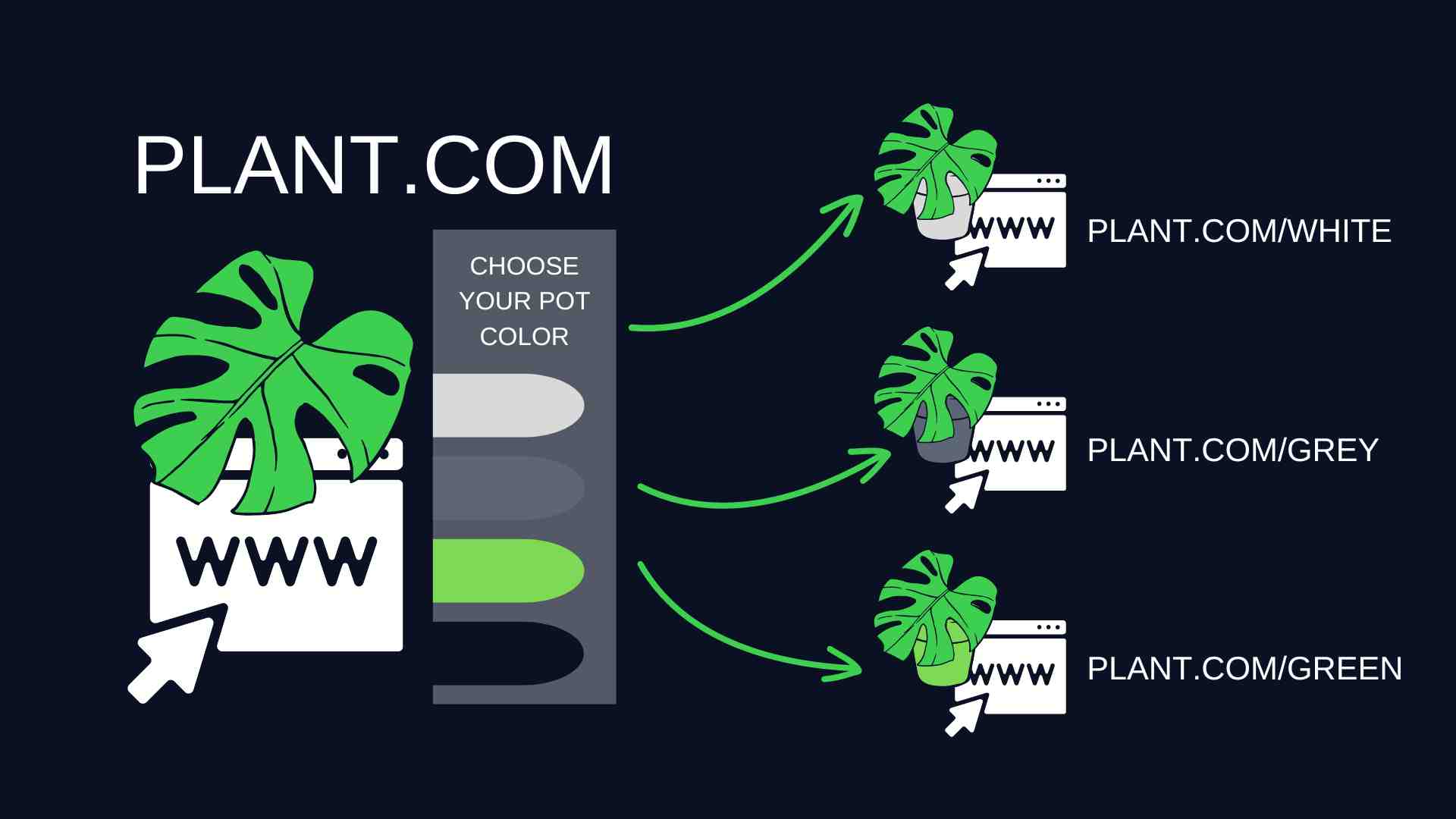
All of these URLs contain almost the same content. They are all a product page of the same plant, with the same description and price.
When Google comes across such a collection of pages, it will try to index only one of them.
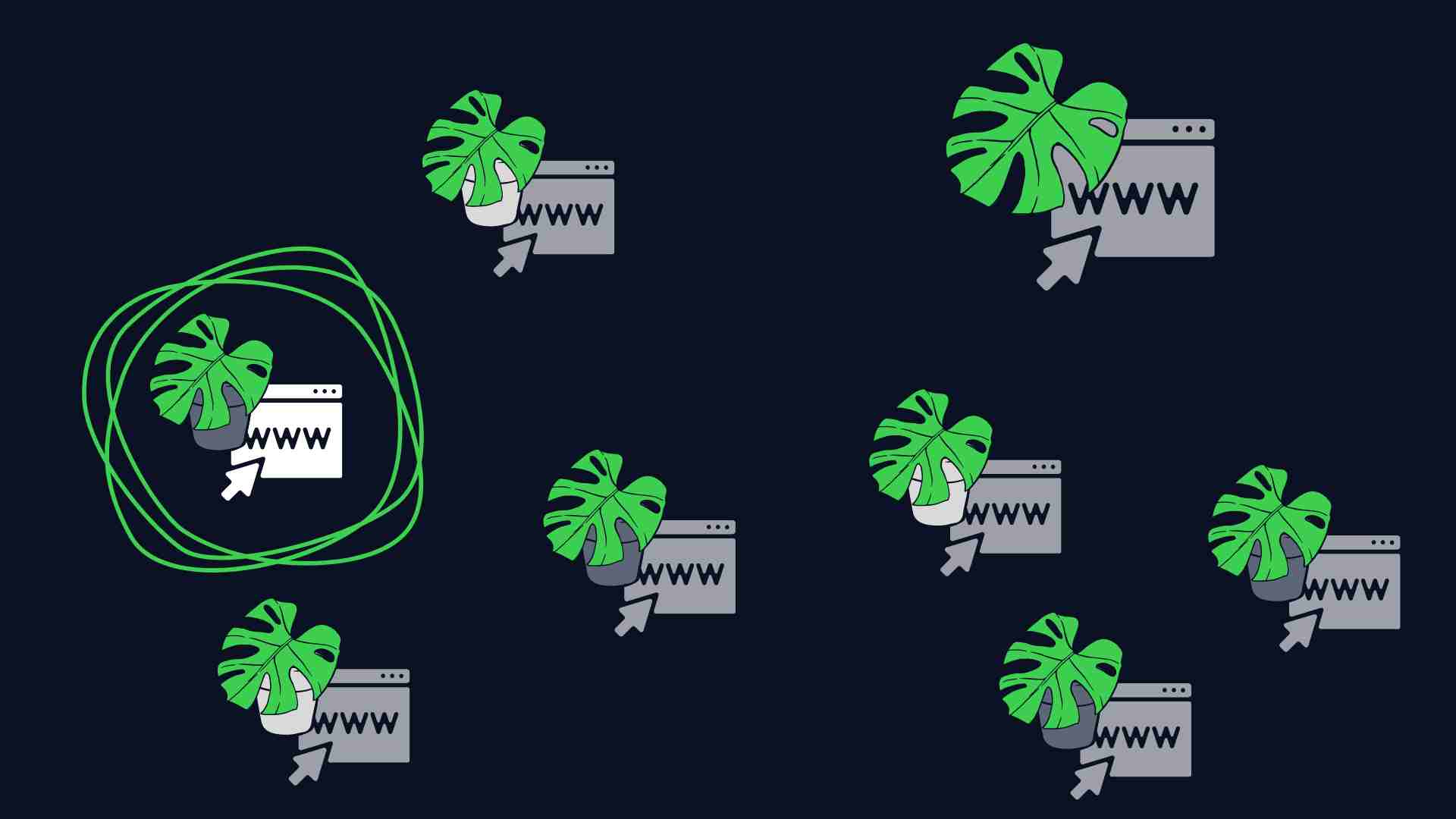
Without any attempt on your side to take control of this process, you may be surprised at which URL Google chooses. To get your desired page indexed, you need all pages in the set to point to the most important one.
You can achieve this using the canonical tags. They contain links to the original version of content so that search engines’ crawlers can’t miss them.
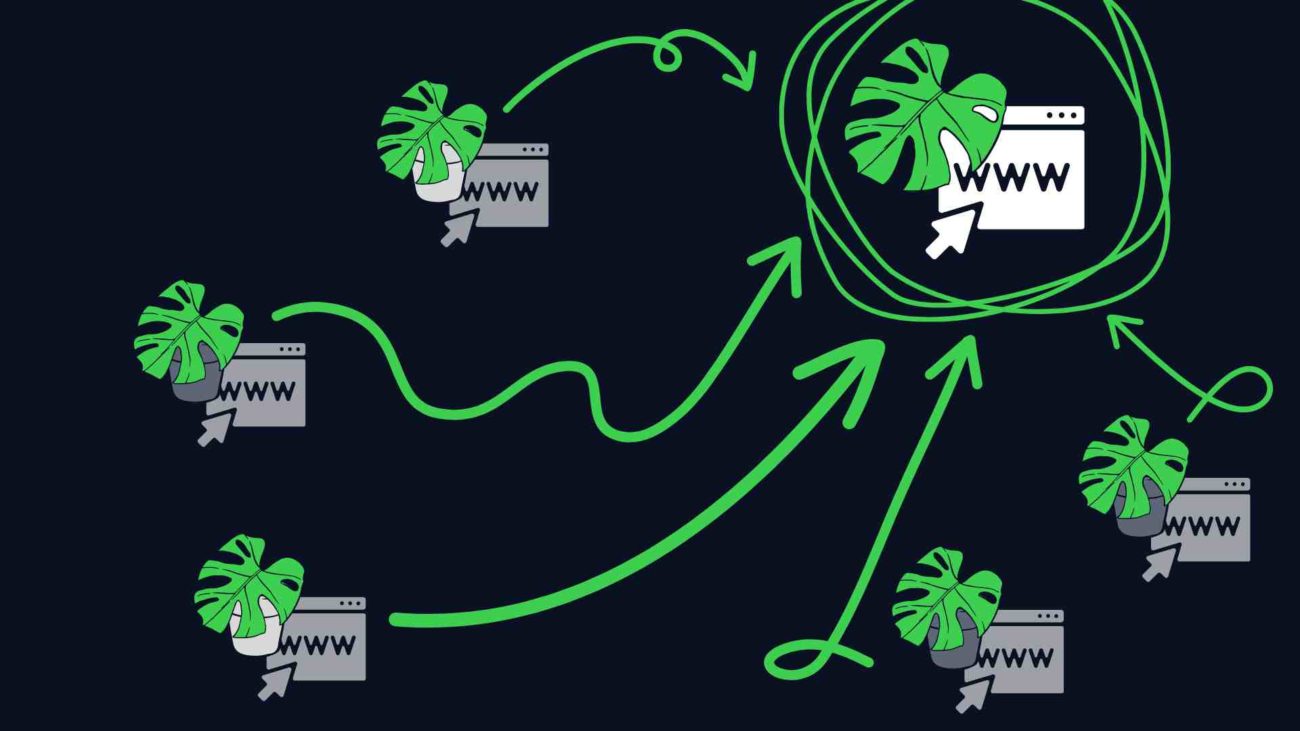
Learn more by reading our guide on how to use canonical tags in SEO.
To get your canonical page indexed, use canonical tags linking to it from all duplicate pages, and use a self-referring canonical tag on the canonical page itself.
If you implement the canonical tags properly and Google respects them, your “Duplicate without user-selected canonical” issue will resolve. The canonical URL will be reported as Indexed, and all the duplicate versions will be reported as “Alternate page with proper canonical tag.”
Keep in mind that the canonical tag is only a hint to Google. It’s not a directive it cannot disobey.
Google can sometimes ignore your canonical signals if they’re created incorrectly. In this case, you’ll see the “Duplicate, Google chose different canonical than user” status in Google Search Console.
But you can improve the odds of Google respecting your canonical tags by providing additional signals. Other ways to indicate the canonical version of a page are:
- Submitting the canonical URL in your sitemap, which is a list of URLs you’d like Google to crawl and index. Keep in mind that the sitemap is a less powerful signal than the canonical tag. Google still has to look for the associated duplicates of the submitted page and may choose a different URL to index.
- Redirecting to the canonical page using 301 redirects. A redirect clearly signals that the destination page should be indexed instead of the redirected page, but you can only use it when deprecating the duplicate page.
What if you want to index more than one page?
Let’s say you’re not interested in indicating to Google the original version of the page, but you want all variants of your products to be indexed. Going back to the plant store example, you might want to target long-tail traffic with specific pages. You may want someone looking for a plant in a gray pot to find that product exactly.
In that case, you can use self-referring canonical tags. By pointing to themselves, these pages give Google a clear message that you intended to get each of them indexed.
However, remember that Google may ignore your self-referring canonical tags if there are no valuable elements to distinguish the pages from each other.
Your indexable pages should be unique and present distinctive value for users. If Google doesn’t want to index them all, modify their content.
How to find duplicated versions of your content?
If Google indexes the duplicates instead of your most valuable pages, you can overcome this problem by consistently tagging canonical pages. But how do you find the pages you should supplement with a canonical tag?
You just need to select “URL Inspection” on the right navigation bar in Google Search Console and paste the URL you are interested in. You will then see the Google-selected canonical URL, among other information.
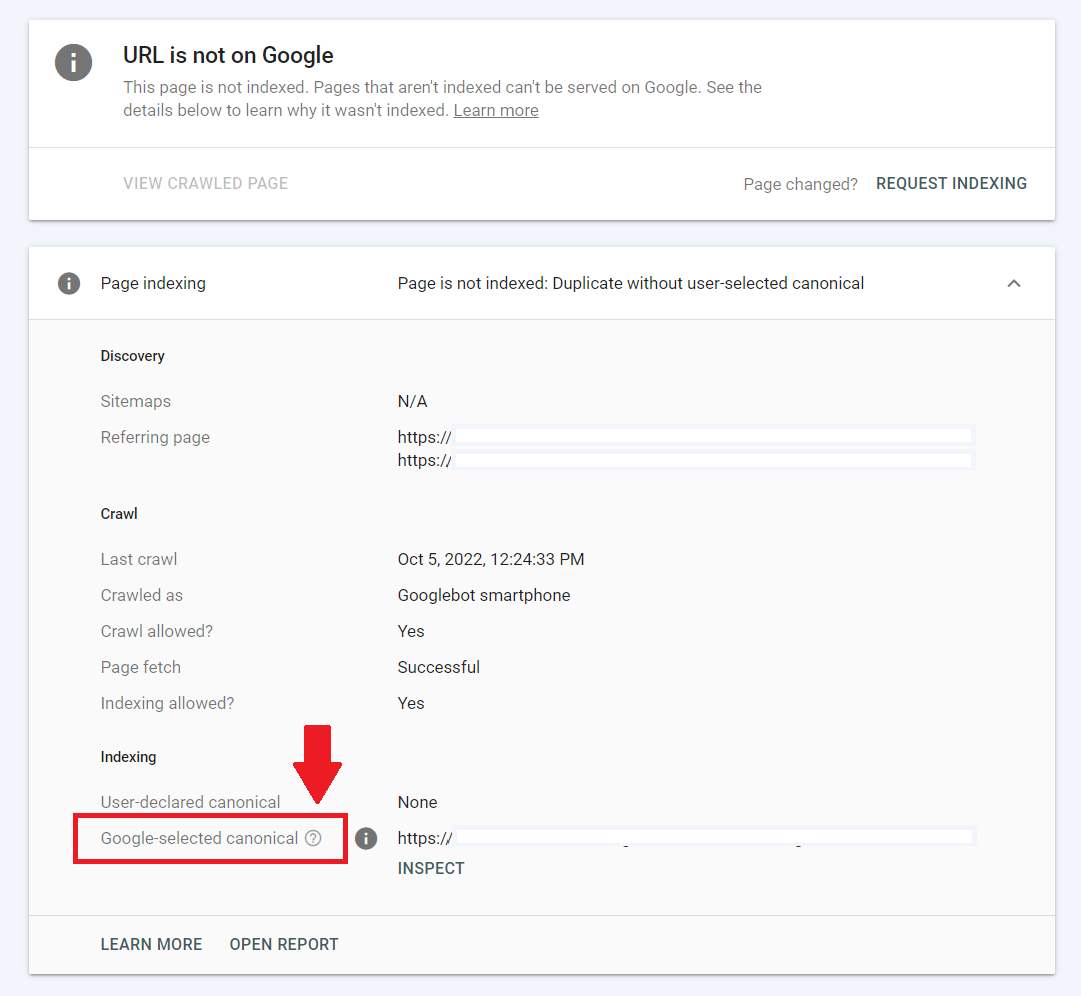
Pro tip: even if you want to check all pages affected by the problem this way, you don’t have to inspect them one by one. You can use the URL Inspection API to bulk-check up to 2000 URLs daily. All the information about the Google-selected canonicals will be there in the JSON response.
Third, you should check your website for other potential duplicate versions of the page. SEO crawlers can help you with this task.
Detecting duplicate content is one of the key SEO crawlers’ features. If you want to learn more about them and form an opinion about which does best with duplicate content, read our collective SEO crawlers review.
Here’s what you can do now: Still unsure of dropping us a line? Read how technical SEO services can help you improve your website.NEXT STEPS
Wrapping up
The “Duplicate without user-selected canonical” status appeared in your Google Search Console because your website has some duplicated pages, and the search engine couldn’t find any canonical signals. Your task is to fill this gap.
Duplicate content is something that can’t always be avoided, but you shouldn’t leave it unattended. In another case, Google will independently choose which pages to index and show among search results.
You won’t always be satisfied with its choice.
To solve the issue of “Duplicate without user-selected canonical,” use canonical tags consistently supported by other signals like a sitemap. There are many benefits to providing canonical tags. They’ll help you control how users see your website in search results and even simplify tracking metrics for individual products.
Finally, contact Onely for a more extensive analysis of your indexing problems.

Hi! I’m Bartosz, founder and Head of SEO @ Onely. Thank you for trusting us with your valuable time and I hope that you found the answers to your questions in this blogpost.
In case you are still wondering how to exactly move forward with fixing your website Technical SEO – check out our services page and schedule a free discovery call where we will do all the heavylifting for you.
Hope to talk to you soon!
